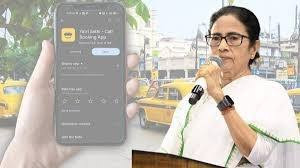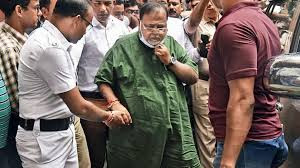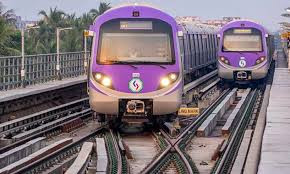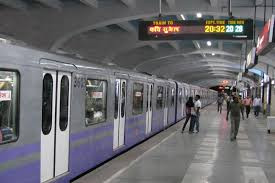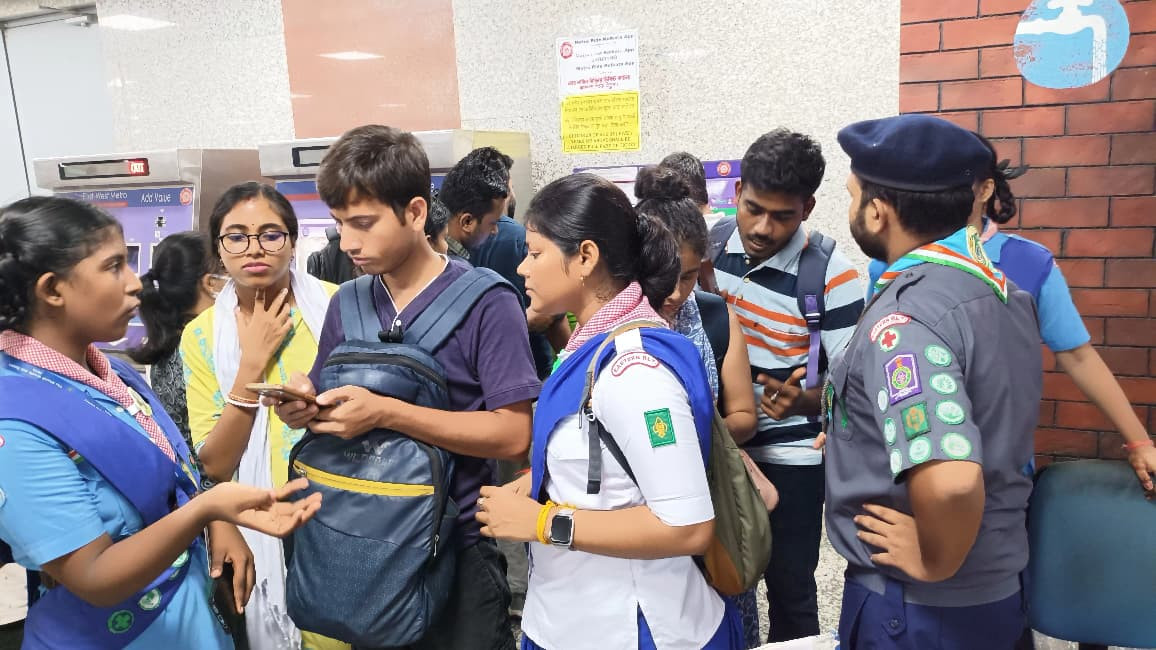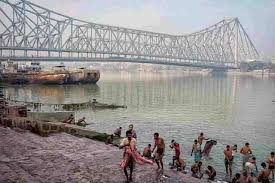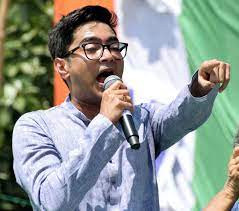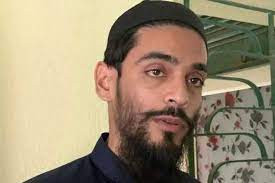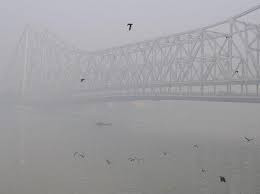“BJP Eyes Greater Minority Representation: Considering More Muslim Candidates in West Bengal Elections”

This change is attributed to a marked moderation in the party’s public posture following the appointment of Shamik Bhattacharya as the state president. Known for tempering the party's previously aggressive ideological messaging, Bhattacharya has been repeatedly emphasizing that the BJP holds no animosity towards Indian Muslims. His outreach has had a noticeable effect, prompting even opposition leader Suvendu Adhikari to adopt a similarly conciliatory tone. At recent public forums, Adhikari enthusiastically assured citizens that “Indian Muslims are not our enemies,” emphasizing that politics and voter identity need not be conflated with religious divisions .
According to party insiders, the BJP leadership is deliberating over a sizable increase in Muslim representation among its candidates compared to the 2021 state elections. At that time, the party fielded fewer than ten candidates from minority communities across 294 assembly constituencies. This time, however, the proportion is expected to rise substantially, potentially marking the biggest outreach effort of its kind for the party in West Bengal .
The shift in approach comes in response to electoral realities. After the 2021 assembly elections, BJP’s seat count dropped from 18 to 12, demonstrating that its earlier strategy of consolidating Hindu votes in minority-heavy constituencies failed to yield the desired outcomes. It appears that the consolidated Hindu vote did not translate into victories in areas where the presence of minority voters was strong . Recognizing this, Bhattacharya appears to be focusing on winning over minority communities rather than relying solely on Hindutva narratives.
Another significant development comes from within the BJP’s own minority front. Despite the broader discussion to increase Muslim candidacy, the Minority Morcha is highlighting successful precedents to counter criticisms that Muslims do not support the BJP. Their data from the 2023 panchayat elections show that over 700 minority candidates contested on BJP tickets, and in one entirely Muslim village panchayat in Jangipur, the BJP’s Muslim candidate Chandtara Bibi emerged victorious. Similarly, in Murshidabad’s Hariharpara, Roni Mandal secured a win in a fully minority-dominated seat. These examples are being promoted as proof that sections of the minority electorate are indeed open to voting for the BJP.
The shift points to a nuanced rebalancing of political messaging and candidate selection by the BJP in West Bengal. With the objective of making inroads into constituencies where minority populations form the majority—areas it previously neglected—the party is now recalibrating its strategy. This approach seeks to broaden its appeal beyond religious lines and suggests an attempt to forge a more inclusive public image and improve its electoral prospects in the state’s politically influential minority communities.
You might also like!


